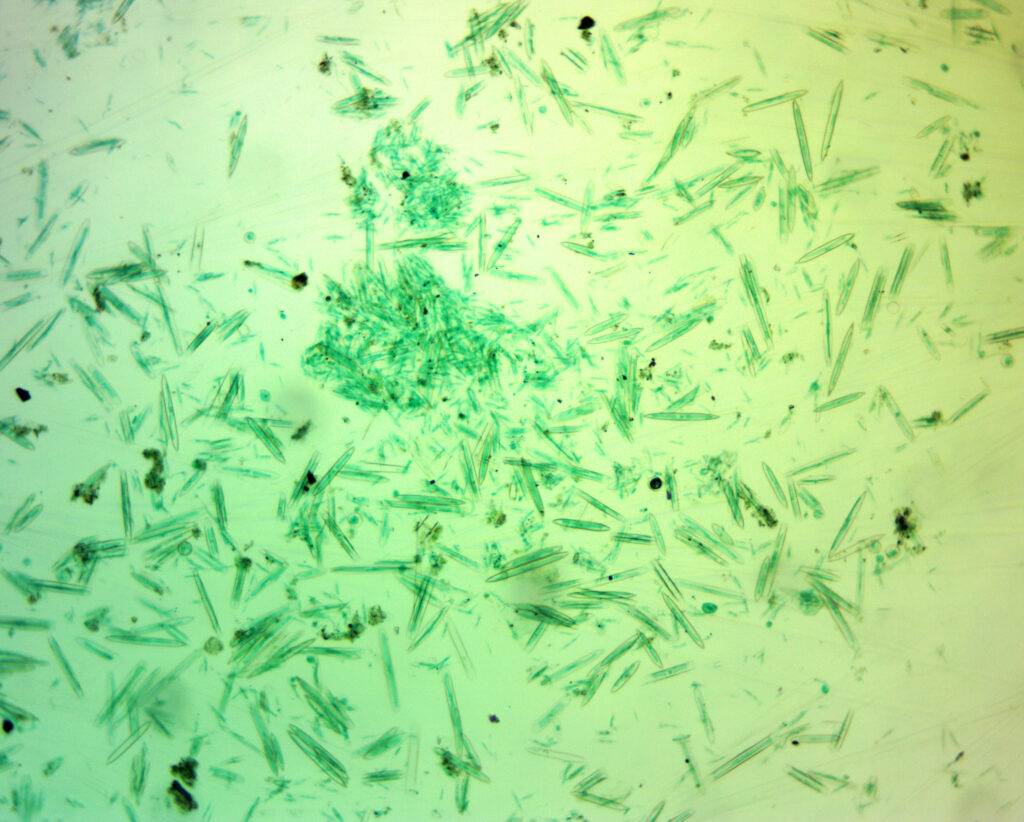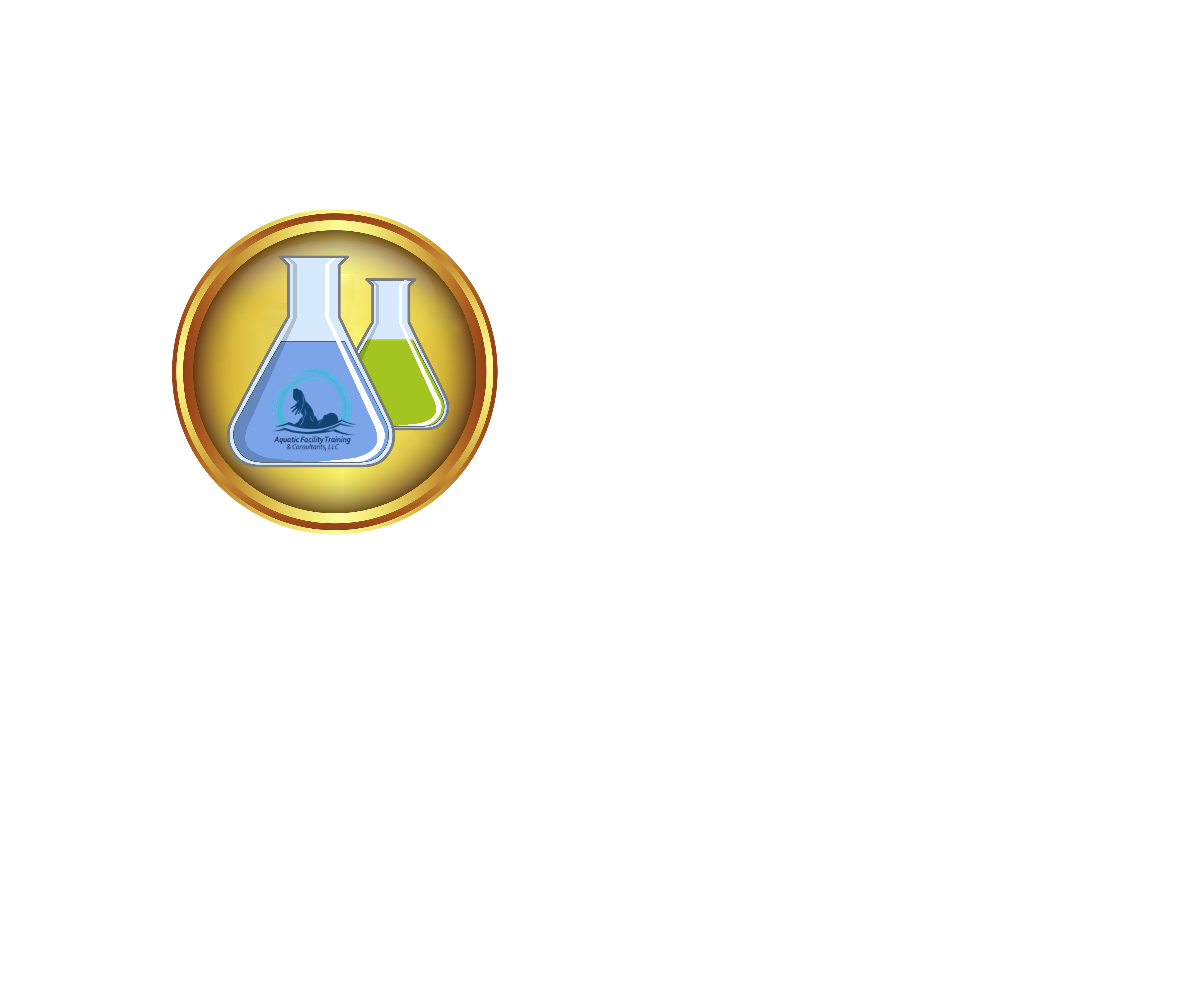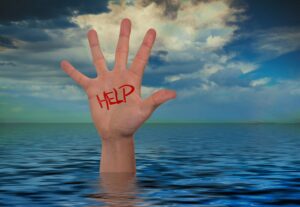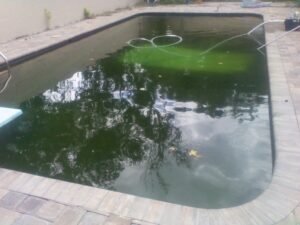Are the sudden mustard algae blooms in swimming pools across the United States directly due to the wildfires on the west coast? It’s a strong possibility. California pool algae in the southeast may be the final bon voyage kick to the nuts we get from the 2021 season.
The time to hesitate is through
Robert Alan Krieger
Certain species of freshwater Diatoms (mustard algae) quickly produce ‘resting’ spores when faced with inhospitable conditions. The thickness of the cell’s walls and nutrients within allow these little suckers to deep sleep for a long ass time (100+ years) and in some adverse environments—evolution’s method of survival of the species.

We know algae spores can become airborne, and this is primarily how they travel to your pool from a pond (lake, river, stream, swamp, etc.). But how are they getting into the air?
Similar article Algae Specialist Certification
California pool algae in the southeast
Waves crashing to the shore are the means of jettison on larger freshwater bodies such as the Great Lakes, Electrostatic attraction to water droplets contained within fog or mist has been known to tote some spores along. Then there is dispersal due to the splashing of rain or precipitation that launches the light sources of tsoris into the air for the wind to carry them away.
A century old spore
What about long-distance atmospheric transport by wildfire smoke? It could even be ‘resting’ diatom spores from an area currently threatened by fire where a pond had once been.

A fungus among us
Scientific publications do exist evidencing fungus doing just that, traveling coast-to-coast in a cloud of smoke. Using state-of-the-art numerical simulations of atmospheric transport and meteorological data, researchers can follow the trajectory of fungal spores across North America. Although patterns emerge, unpredictable trajectories do occur due to differences in the strength of turbulence of day versus night.

On the Rio Grande
Tauber pollen traps have been used in New Mexico in the southern Rocky Mountains to measure the travel of algal spores. Here the freshwater green algae Pediastrum boryanum boryanum was collected and monitored over eight years. The thing that makes this noteworthy is the closest body of water with a living population of Pediastrum in Cochiti Lake, over 26 miles away. Strong southwesterly winds are believed to entrain and transport Pediastrum from the surface water of the lake.

I can feel it coming in the air tonight
Phil Collins
Scientists have also found upon analysis with electron microscopy of aerosols collected at a site on the northeast coast of South America that freshwater diatoms from paleolakes in Africa were contained within. The travel by fire method of colonizing pool after pool in California makes perfect sense, but could diatoms in flight on wildfire smoke to Atlanta explain the sudden blooms in Decatur and other east coast destinations? There is enough published scientific research to warrant air quality analysis. IMO
How to Get Rid of Swimming Pool Algae, Rudy Stankowitz, 2021
Stephen A. Hall (1998) Atmospheric transport of freshwater algae Pediastrum in the American Southwest, 37:6, 374-375, DOI: 10.1080/00173139809362693
Atmospheric Transport of North African Dust-Bearing Supermicron Freshwater Diatoms to South America: Implications for Iron Transport to the Equatorial North Atlantic Ocean,Anne E. Barkley,Nicole E. Olson,Joseph M. Prospero,Alexandre Gatineau,Kathy Panechou,Nancy G. Maynard,Patricia Blackwelder,Swarup China,Andrew P. Ault,Cassandra J. Gaston, 01 February 2021
Timing of fungal spore release dictates survival during atmospheric transport, Daniele Lagomarsino,Oneto, Jacob Golan, Andrea Mazzino, Anne Pringle, Agnese Seminara, Proceedings of the National Academy of Sciences Mar 2020, 117 (10) 5134-5143; DOI: 10.1073/pnas.1913752117






